Abstract
The Graphical Language Server Protocol/Platform (GLSP) has recently emerged as a potential standard for communication between web based graphical modelling clients and model servers. It extends the Language Server Protocol (LSP) developed to support web-based Integrated Development Environments (IDEs) communication with language processing tools (parsers, compilers, linters etc. ). Implementations of GLSP have been shown in Java/Javascript and TypeScript/Node. The authors previously developed a graphical modelling client working with a flexible server capable of handling many model types and realised in Smalltalk (Pharo client, VA Smalltalk server). This utilised a proprietary protocol based upon XML messaging. No GLSP server was available in Smalltalk. The paper describes the design and development of a GLSP server in Smalltalk and the insights gained. GLSP is contrasted with the earlier experience. Advantages of the Smalltalk environment are discussed, as well as suggested enhancements to the GLSP protocol. Future work is suggested.
Published in
IWST 24 - International Workshop on Smalltalk Technologies Lille, France
